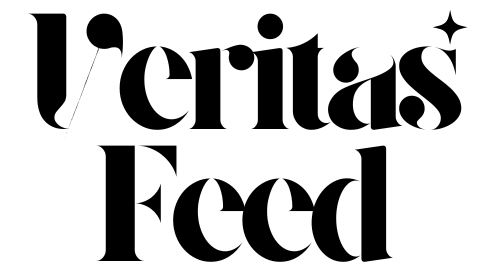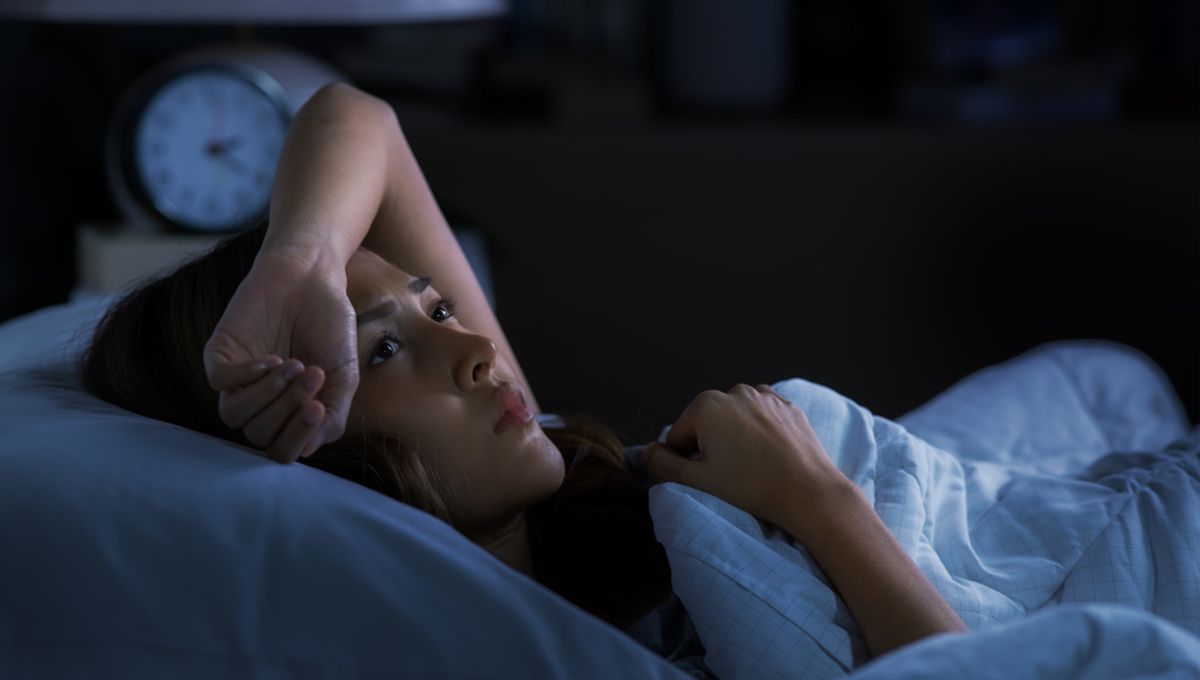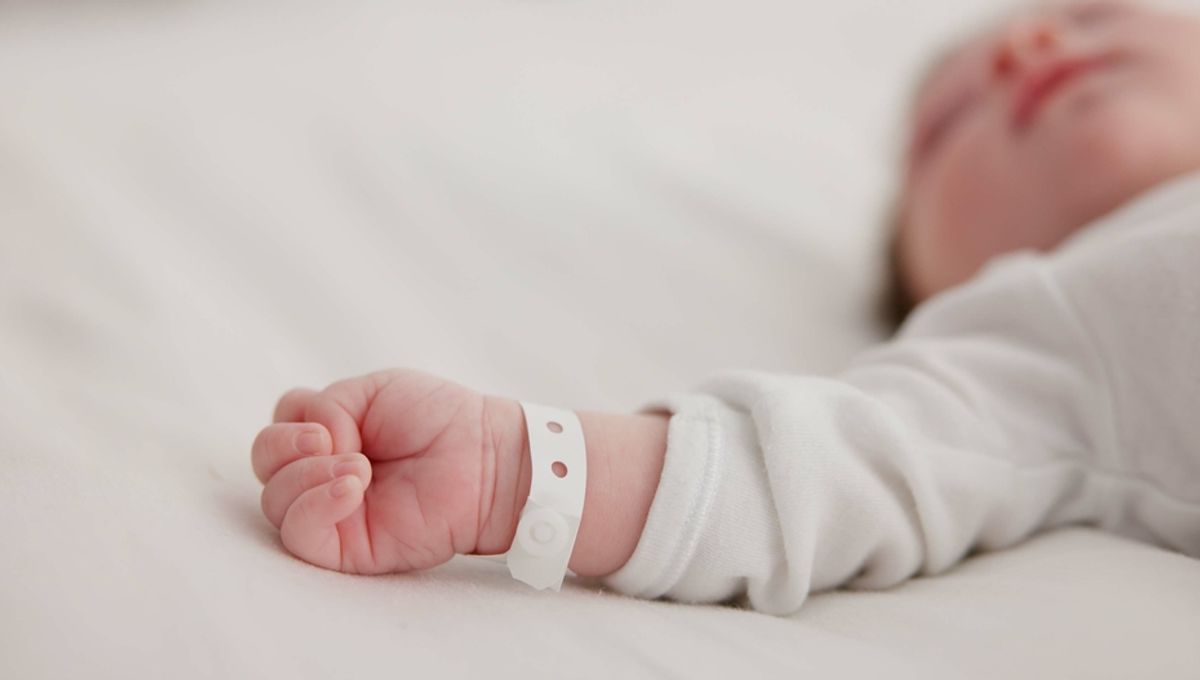
For decades, collegiate sports have served as a powerful platform for achievement, community building, and personal development. Yet beneath the surface of competition and celebration, a persistent issue has remained overlooked: the systemic neglect of women’s unique health needs in college athletics.
While conversations around gender equity in sports have expanded in recent years—with greater visibility, funding, and participation for women’s programs—critical gaps still exist in how female athletes’ health is understood and supported. These disparities extend beyond differences in injury rates and performance metrics. They manifest in under-researched topics such as menstrual cycle impacts on performance, lack of tailored training and nutrition plans, and inadequate medical support for female-specific conditions.
Numerous female athletes report that their concerns related to hormonal health, reproductive issues, and mental well-being are often dismissed or mischaracterized by coaching and medical staff who are more accustomed to male physiology. This negligence not only undermines the health of female athletes but can also limit their performance and career longevity.
Institutions are beginning to acknowledge this divide. Some universities are now investing in specialized support teams, bringing in experts in female physiology and mental health to provide more inclusive care. However, consistent and widespread change remains elusive, particularly at institutions with limited resources or less developed women’s programs.
Advocates are calling for systemic reforms that include mandatory education for coaching staff on gender-specific health issues, regular assessments of medical protocols to ensure inclusivity, and greater funding for research into the unique needs of female athletes.
As athletic programs continue to evolve, experts emphasize that true equity cannot be achieved by equal funding alone. It requires a cultural shift—one that values women’s health as foundational to their success on and off the field.
Source: https:// – Courtesy of the original publisher.








